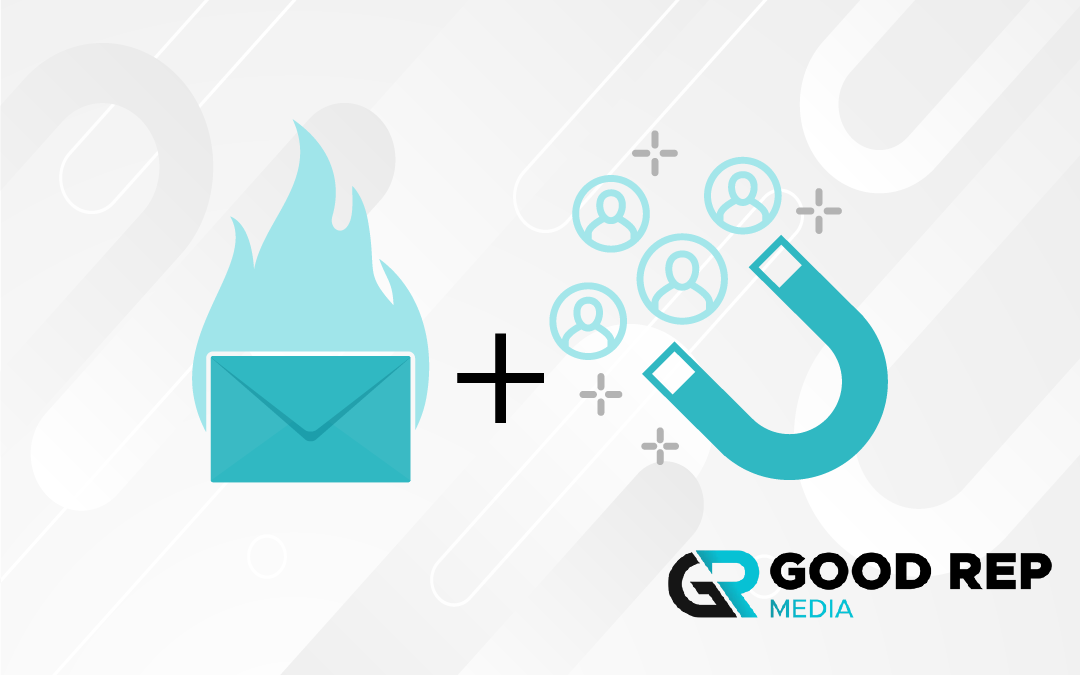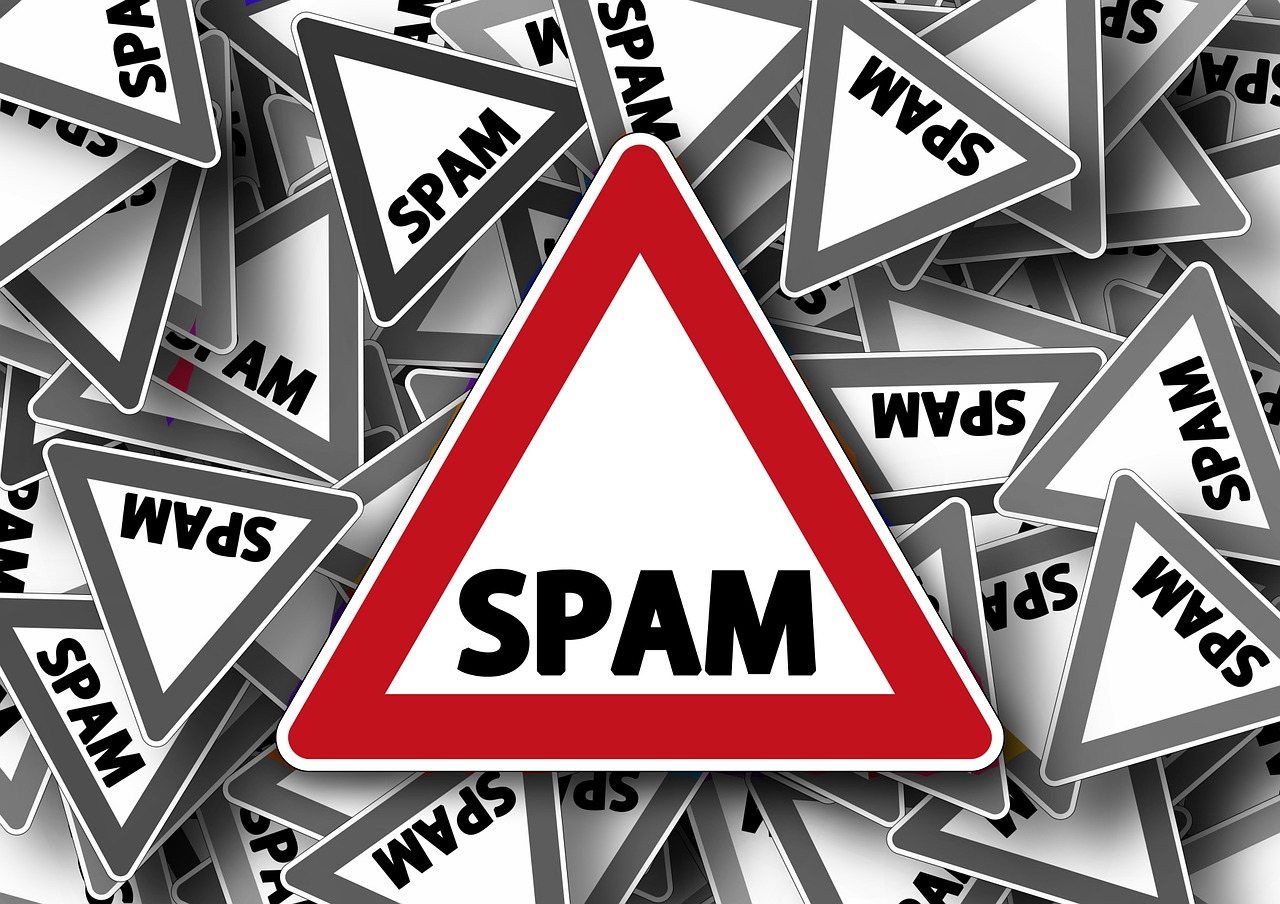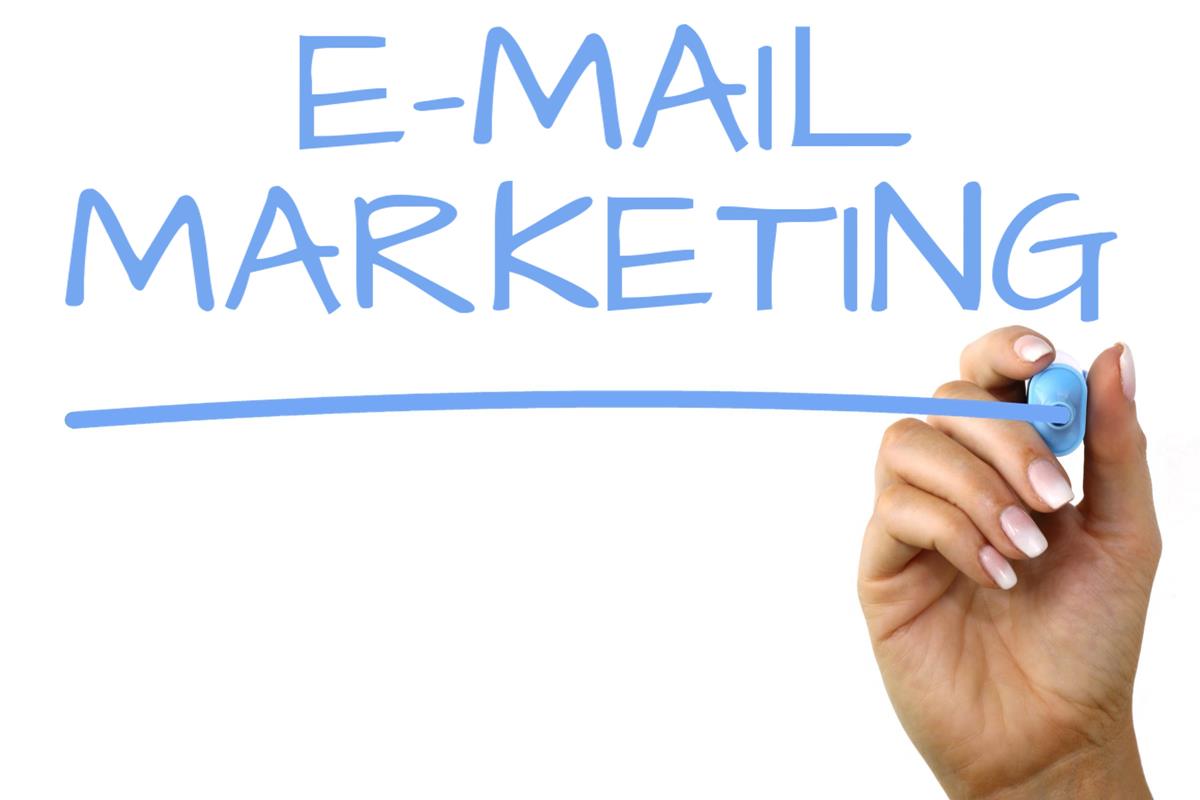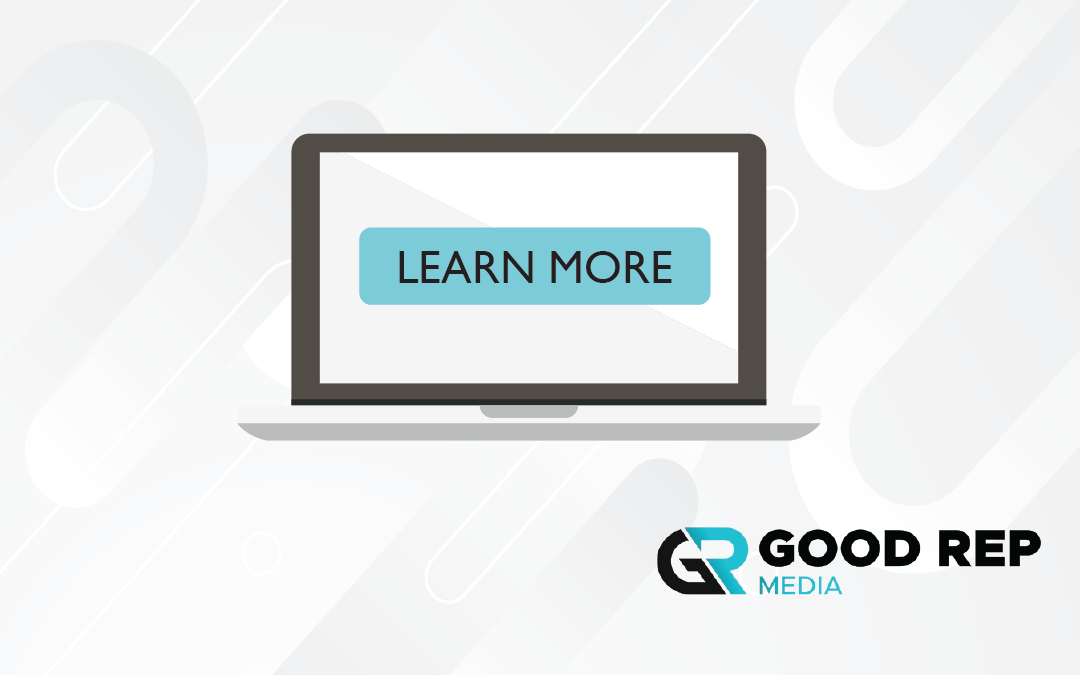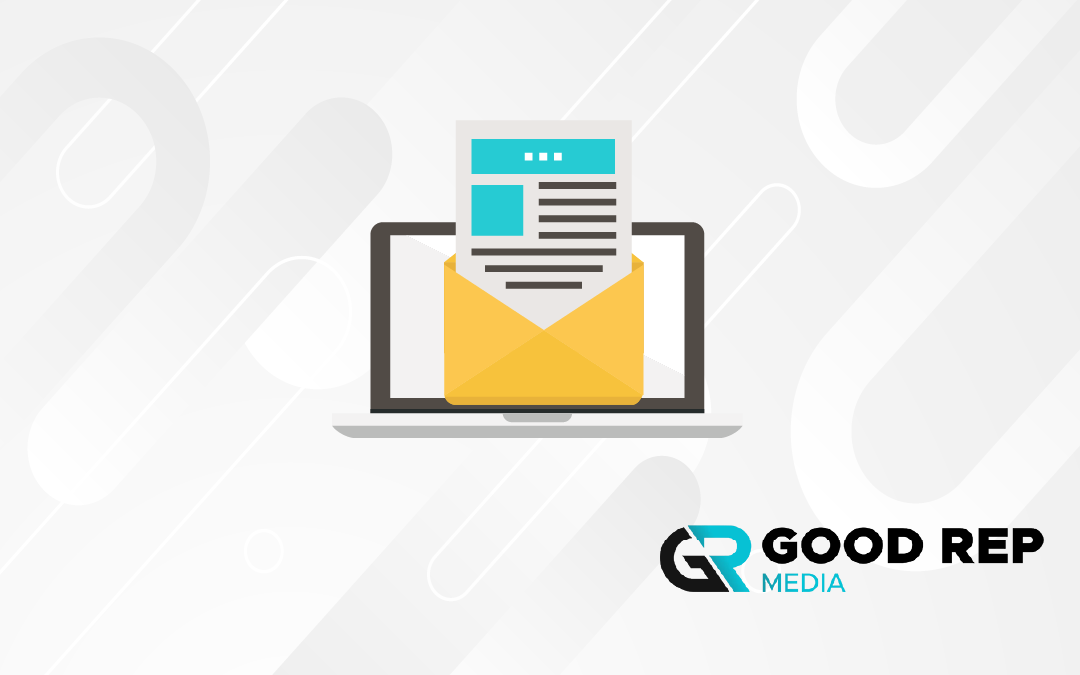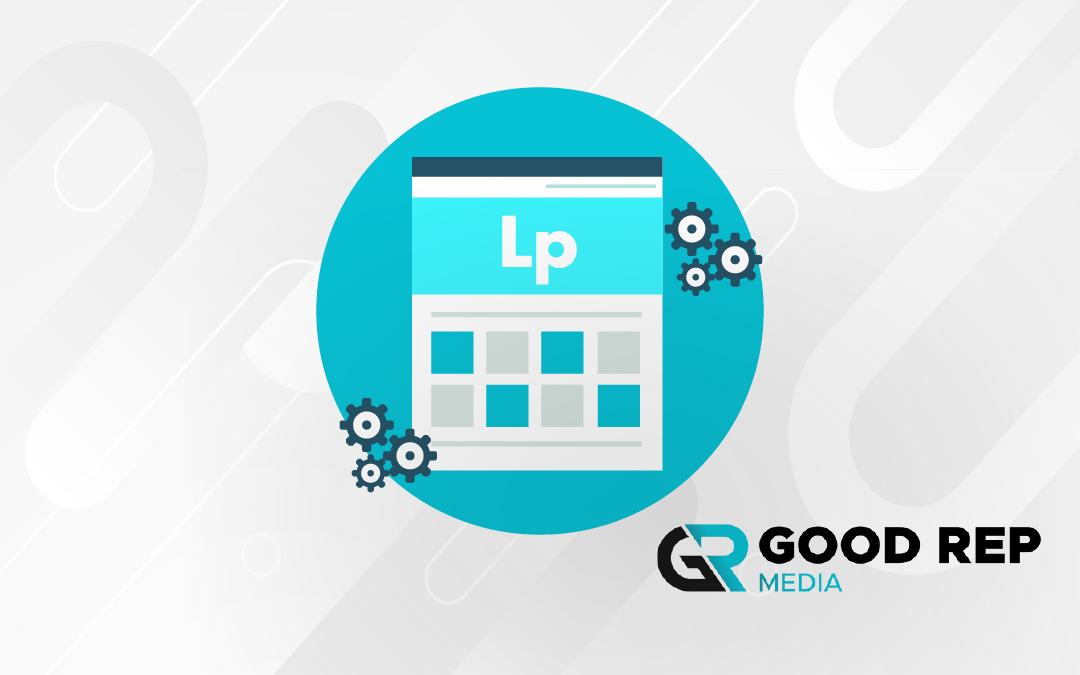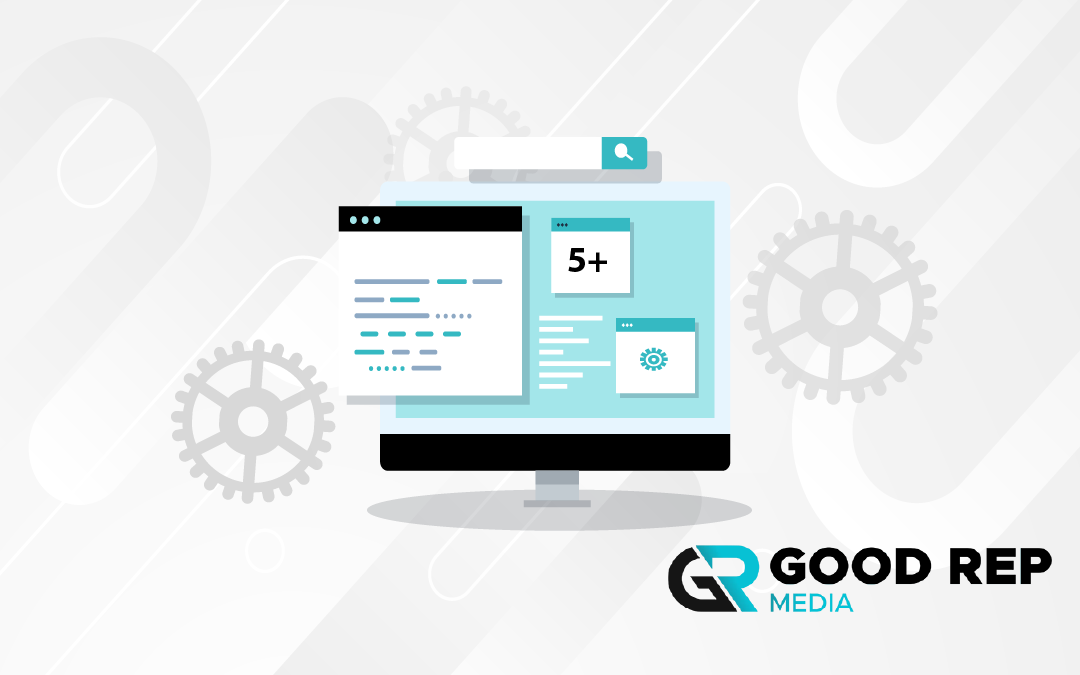You’ve poured your heart into crafting the perfect cold email. You’ve found a list of promising leads and you just know your service can help them. You hit send, lean back, and wait for the replies to flood in, but you just hear crickets.
You’re not alone in this feeling, because it’s a common problem with a simple, yet overlooked solution: email warmups. This is not just about tweaking your subject line; it is about building trust with email providers before you try to generate a lead. Taking the time for proper email warmups can be the difference between getting ignored and starting conversations that lead to sales.
Table of Contents:
- What Are Email Warmups, Anyway?
- Why Your Emails Are Landing in Spam
- Your In-Depth Guide to Real Email Warmups
- Let the Slow and Steady Warmup Begin
- How to Pick an Email Warmup Service
- Bringing It All Together for Lead Gen
- How to Know if It’s Working
- Frequently Asked Questions
- Conclusion
What Are Email Warmups, Anyway?
Think about meeting a new group of people. You probably would not walk in and immediately ask for a big favor. You would introduce yourself, chat a bit, and build some rapport first.
Email warmups work in the exact same way, but you are building rapport with email service providers like Google and Microsoft. Essentially, an email warmup process is a way to build a positive sender reputation for your new email address and domain. A freshly created email account starts with a neutral, unproven reputation.
The process involves automatically sending a gradually increasing number of emails from your account to a network of high-reputation inboxes. These emails get opened, replied to, and marked as important, signaling to internet gatekeepers that you are a legitimate sender, not a spammer. This process gradually improves your sender score and establishes a positive email reputation.
Why Your Emails Are Landing in Spam
You might be wondering what the difference is between a cold lead and a warm one. A warm lead already knows who you are. They may have signed up for your newsletter or downloaded a resource from your website.
A cold lead has no idea who you are. They have never interacted with your business, so your email is a complete surprise. This makes sending cold emails trickier because you are not just introducing yourself to a person, but your email domain is also introducing itself to their email server.
Email providers are designed to protect their users from spam, and their spam filters are aggressive. A freshly created email sending a blast of messages is a massive red flag. Even if your email content is amazing, it will likely get filtered into spam folders where it will never be seen, destroying your cold email campaign before it starts.
Your In-Depth Guide to Real Email Warmups
So, you get it now. You cannot just jump into the deep end. But what does the actual warm-up process look like? It is part technical setup and part strategic patience, but once it is done, your email marketing efforts become much more effective.
Start with a Strong Foundation
Before you send a single warmup email, you need to configure your email authentication. This is done through a few bits of code in your domain’s DNS settings. It sounds technical, but it is a one-time setup that makes a huge difference in avoiding deliverability issues.
First, there is the SPF (Sender Policy Framework) record. This is a list of servers that are approved to send email on behalf of your domain. It prevents others from spoofing your email address.
Next is DKIM (DomainKeys Identified Mail). Think of this as a digital signature on every email you send. It confirms that the message has not been tampered with and truly came from you.
Finally, there is DMARC (Domain-based Message Authentication, Reporting, and Conformance). This protocol tells receiving email servers what to do if an email fails the SPF or DKIM checks. Getting these technical details right is a non-negotiable first step, as you can learn from resources at DMARC.org.
Let the Slow and Steady Warmup Begin
Once your technicals are in place, the real warmup starts. The key here is to mimic human behavior. A person would not go from sending zero emails a day to 200 overnight. You have to properly warm the email account by building up slowly.
This is where an automated email warmup tool comes in handy. These platforms connect your inbox to a large network of other real email accounts. The tool sends just a handful of emails per day from your account to start.
The magic happens in the interactions. The emails your account sends are automatically opened, replied to, and sometimes marked as not spam by the other inboxes in the network. This flood of positive email engagement in your warmup inbox builds your sender reputation score day by day.
The warm-up process is completely automated and gradually increases the volume, proving to service providers that your account is active and trusted. Below is an example of a gradual warmup schedule a tool might follow.
| Day | Daily Sending Goal | Activity |
|---|---|---|
| Day 1-3 | 5-10 Emails | Initial sending to high-reputation inboxes. Focus on getting emails opened. |
| Day 4-7 | 10-20 Emails | Increasing volume. Start maintaining conversations with automated replies. |
| Day 8-14 | 20-40 Emails | Ramping up to a moderate sending volume. Marking emails as important. |
| Day 15+ | 40+ Emails | Approaching target sending volume for future cold outreach campaigns. |
Turn a Warm Domain into a Warm Welcome
Getting into the primary inbox is only half the battle. Now that your sender’s reputation is solid, your message has to connect with the person reading it. This is where you combine the technical side of email warmups with the human side of lead warmups.
Personalization is about more than just inserting a first name. It is about showing you have done your homework. Mention a recent blog post they wrote, a project their company launched, or a common connection you share.
This kind of personal touch does two things. It immediately signals to the reader that this is not a generic blast sent to thousands of people. It also helps you stay out of spam, because highly personalized emails do not fit the pattern of typical spam messages.
Give Value Before You Ask for Anything
A cold lead owes you nothing. You are interrupting their day, so you need to make it worth their while. Instead of immediately asking for a 15-minute call, offer them something of value for free.
This could be a link to an insightful article, a free tool that solves a small problem for them, or a relevant case study that shows how you helped a similar company. When you lead with generosity, you change the entire dynamic of the conversation. You are no longer a salesperson; you are a helpful resource.
This approach not only warms up the lead but also reinforces your positive sender reputation. Emails with helpful links and valuable content are less likely to be marked as spam, further strengthening your standing with email providers. It is a cycle where good behavior leads to better email deliverability, which gives you more chances to show your value.
How to Pick an Email Warmup Service
With several warmup tools available, choosing the right one is important for your success. A good email warmup tool automates the entire process, saving you time and ensuring best practices are followed. Look for a service that uses a large and diverse network of real inboxes, as this makes the warmup activity look more natural.
Reporting is another key feature. The service should provide clear data on your inbox placement rate, showing how many of your emails are landing in the primary inbox versus spam. Many top-tier providers offer a free trial, which allows you to test the service before committing. A 7 day free trial or even a 14 day free trial is a great way to see if the tool improves email deliverability for your account.
Finally, check for customization options. You should be able to set your own sending limits and daily ramp-up schedule to match your goals. This level of control helps you gradually warm your account at a pace that looks human and protects your new sending reputation.
Bringing It All Together for Lead Gen
Think of it like this: the email warmup process is the foundation of the house, and your lead generation strategy is the house itself. You cannot build a strong house on a weak foundation. A technically warm email account gets your foot in the door so your message can actually be read.
Once your deliverability is consistent, you can stop worrying about spam folders and focus on what really matters: the conversation. You can dedicate your energy to writing compelling, personalized emails that resonate with your prospects. Your cold outreach transforms from a technical numbers game into a human connection game.
You will notice the shift in your results. More opens mean more opportunities for replies. More replies mean more conversations, which ultimately leads to more closed deals for all your future cold email campaigns.
How to Know if It’s Working
You cannot improve what you do not measure. Once your campaigns are running, it is critical to keep an eye on a few key metrics. This tells you if your email deliverability warmup was successful and if your messaging is hitting the mark.
Your open rate is the most obvious metric, but it is not the most important. The reply rate is where the real action is, as it shows people are engaged enough to respond. More importantly, you should track your inbox placement rate, which tells you what percentage of your sending emails are actually landing in the primary inbox instead of spam or promotions tabs.
Do not be afraid to experiment. Test different subject lines, opening sentences, and calls to action across different email campaigns. By analyzing what works and what does not, you can continuously refine your approach for even better results. There are many helpful email marketing resources you can consult to guide your strategy.
Frequently Asked Questions
Here are some frequently asked questions about the email warmup process.
- How long does the warmup process take? Generally speaking, the process involves a few weeks of activity. For a freshly created email account, plan for at least 2-4 weeks to gradually improve your email reputation before sending cold emails at full volume. The exact time can vary based on your target sending volume.
- Can I send my cold email campaign during the warmup? It is best to wait until the warm-up process is complete. Sending a large volume of cold emails too early can negate all the positive engagement from the warmup tool and damage your sending reputation before it is fully established.
- Do I need to warm up an old email account? Yes, in many cases. If an email account has been inactive for a long time or if you are changing its use from low-volume personal communication to high-volume cold outreach, you should still warm it up. This re-establishes your account’s reputation with service providers for the new sending pattern.
- Is using an email warmup tool safe for my email accounts? Reputable warmup tools are safe because they mimic human behavior. The tool sends emails that engage in natural conversations, pulling them out of spam if needed, and marking emails as important. This network of positive interactions is what builds a healthy sender’s reputation.
- What is the difference between email warmup and email verification? Email warmup is the process of building a positive reputation for your email address. Email verification is the process of cleaning your email list to remove invalid or non-existent email addresses. Both are critical for a successful email campaign, but they serve different purposes.
Conclusion
Fighting with spam filters feels like a losing battle, but it does not have to be that way. By focusing on building a strong sending reputation through patient and strategic steps, you take back control. The process starts with a solid foundation of email authentication, followed by a gradual increase in sending activity using a warmup tool.
A proper email warm-up like Apello does more than just get your messages delivered; it changes the whole dynamic of cold outreach. You move from shouting into a digital void to having real, valuable conversations with potential customers. So, before you launch your next email campaign, remember that an effective email warmup process is your ticket to the primary inbox and the first step toward meaningful lead generation.

